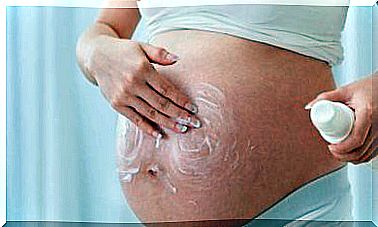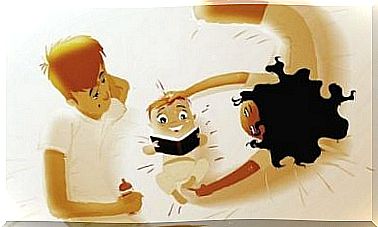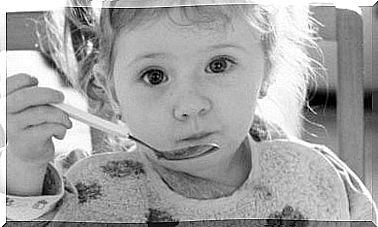Nipple Types And Their Influence On Breastfeeding

Currently, nipples are classified into five different types, each with its own particularities and anatomy. Of course, we must remember that there are no advantages or disadvantages to having either type of nipple. Simply, every woman must know her own body and learn to manipulate and care for her nipples while breastfeeding.
The 5 types of nipples and their characteristics
1. The common nipple
The common nipple is called that way because it predominates in most women. In a normal state, this type of nipple has only a few millimeters above the areola. When stimulated by tactile manipulation, cold, mood or while breastfeeding, its size easily increases.
2.- The flat nipple
This type of nipple protrudes so discreetly that it appears to form a flat surface in relation to the areola. However, they react in the same way as ordinary nipples to any stimulation and during lactation. The only peculiar aspect is that it is shorter or less noticeable.
3. The swollen nipples
Its appearance is very similar to flat nipples, as in a normal state they do not protrude from the areola. However, swollen nipples quickly return to normal after protruding from any stimulation. In general, women with swollen nipples have problems while breastfeeding.
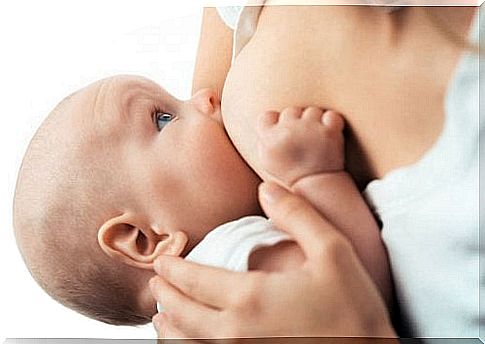
4.- Inverted nipples
Inverted nipples look like dimples because they are sunken. They can usually be easily removed through surgical intervention. It must be remembered that the success of breastfeeding will depend, in part, on the state of the mother’s nipples.
Currently, three degrees of inversion of the nipples are known, for which there is treatment:
- In first-degree inversion, there is no relevant obstruction in the milk ducts. It is the best case for breastfeeding, as the pregnant woman will be able to breastfeed her baby normally after the nipples are extracted.
- In the second degree, small obstructions in the milk ducts of the breasts are identified. In these cases, it is possible to breastfeed. However, the woman will have difficulties and may experience pain when offering milk.
- Unfortunately, in third degree inversion the breast milk ducts are totally blocked and it is impossible to breastfeed.
5.- Unilateral nipples
Women with unilateral nipples have a normal nipple and an inverted nipple. It is usually possible to overcome the partial or complete obstruction of the inverted nipple by changing position and carefully nursing with the other nipple.
How do you know if you have inverted nipples?
Many women don’t know they have inverted nipples because they’ve gotten used to the way their breasts look. However, it’s easy to identify if you have an inverted nipple with a simple homemade method. First, you need to gently press the area of the areola that is about 3 centimeters from the nipple.
If the nipple slightly increases in size or protrudes from the areola, this is a possible sign of pseudo-inversion. But if it’s still sunken, it’s probably a case of a second- or third-degree inverted nipple.
Types of Nipples and Breastfeeding
Although the types of nipples influence lactation, this is not the only determining factor. Women with common nipples may also have problems while breastfeeding or producing milk. At the time of breastfeeding, each woman will have her difficulties and must find her own solutions, always with the help of her doctor.
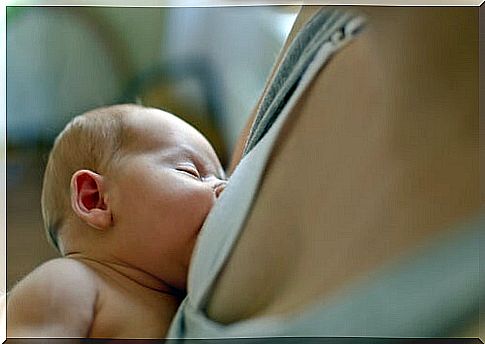
Many babies have difficulty grasping and sucking flat, swollen, or pseudo-inverted nipples. For these cases, there are so-called nipple protectors that help keep the nipples protruding. However, some babies may reject the device.
On the other hand, ordinary but large nipples can cause choking by rubbing the baby’s mouth. In these cases, the mother’s job will be to carefully prevent the baby from putting the entire nipple into the mouth.
Women with inverted second-degree nipples will have greater breastfeeding problems. Milk volume may be reduced because of blockages. This can make the baby suckle harder, hurting or causing breast pain. In cases of third degree inversion, breastfeeding will be impossible.

